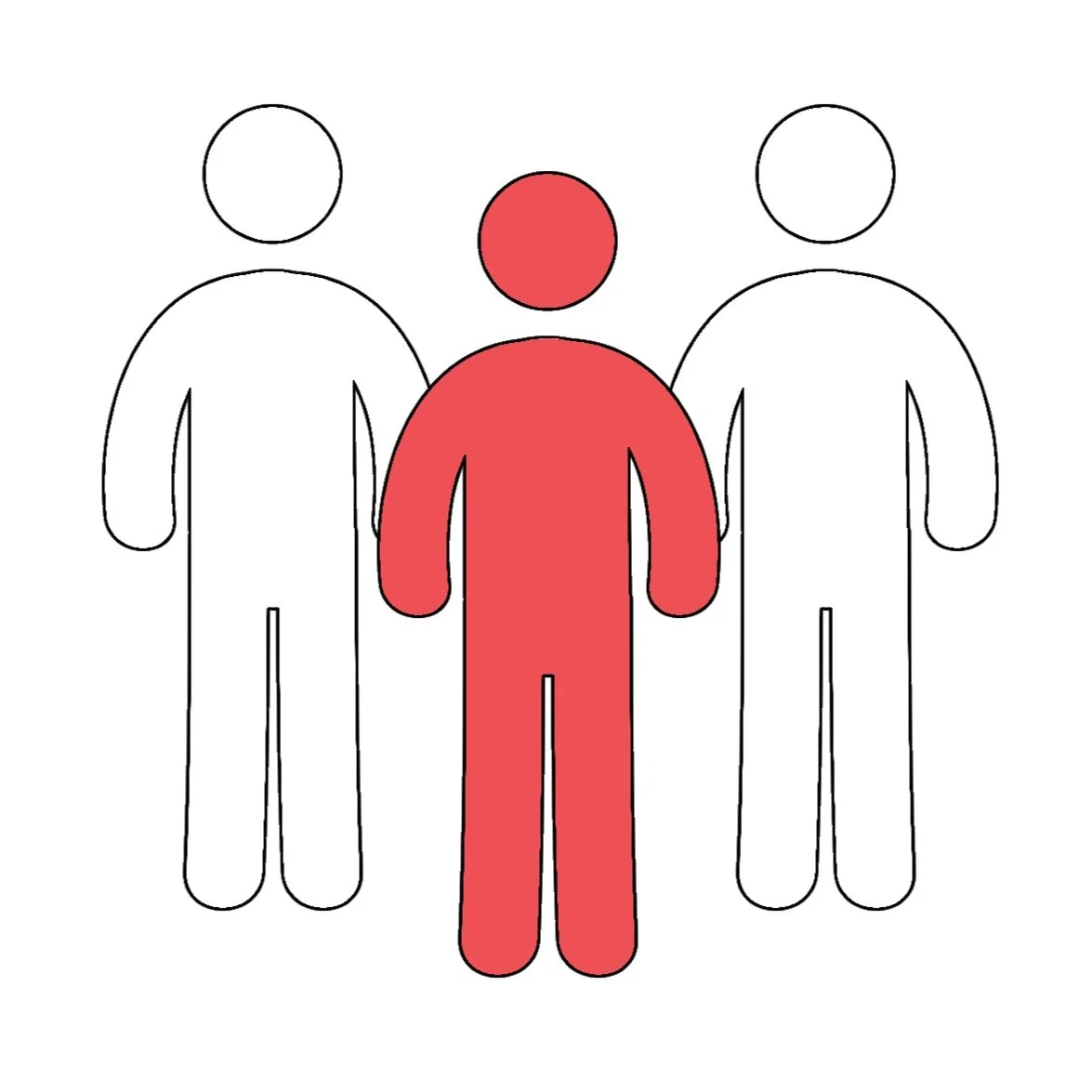Our Team
Most of our team has been personally affected by drug use, either themselves or through loved ones. Our experiences help us work closely with our community to ensure we are meeting the safer-use needs of the people we serve.
Our History
Seeing a need for safer-use services in Charlottesville, we formed Cville Area Harm Reduction in 2017 to help. Since then, we’ve served as a resource to protect the health of people who use drugs in the Cville area. You can read more about our founding in this article.
Our Mission
Our volunteers share a vision of increasing care opportunities for people who use drugs. Our goal is to diminish the harms associated with drug use in the Charlottesville area by preventing overdoses and the spread of diseases.
We believe in the rights to health, safety, and dignity.
To promote these rights, we strive to embody the principles of harm reduction.
This means we:
Affirm the role of people who use drugs in harm reduction interventions and programs for the individual and the community
Value actionable, immediate, and evidence-based strategies to protect the health and lives of people who use drugs
Provide services without judgement, coercion, discrimination, or necessarily expecting the cessation of drug use
You can read more about the harm reduction movement at the National Harm Reduction Coalition.
FAQ
-
No, providing syringes to people does not encourage them to use drugs. When people do not have access to clean syringes, they share or reuse the equipment they have. This puts themselves and others at risk for infections borne from contaminated injection equipment, like hepatitis C and HIV (PsychEXTRA Dataset). This is why syringe service programs are associated with a 50% decline in HIV transmission risk (Center for Disease Control and Prevention). Access to sterile syringes is an effective, evidence-based tool to prevent the spread of those deadly diseases (Platt et al.)
-
No, naloxone does not encourage more frequent or risky drug use (Jones et al.). In fact, some studies have shown that drug use decreases after an overdose is reversed with naloxone (Seal et al; Wagner et al). The near-death experience of an overdose can serve as a catalyst for people with an addiction to begin treatment. With that, people who die of overdoses because they are not administered naloxone lose the opportunity to enter treatment at all. There is no recovery from a fatal overdose, so access to naloxone is vital to the health of people who use drugs.
-
If you want to learn more about the harm reduction movement in general, we encourage you to visit the National Harm Reduction Coalition for more information! If you have a specific question, you are welcome to email us at cvilleharmreduction@gmail.com
-
Center for Disease Control and Prevention. (2023, September 25). Syringe Services Programs (ssps). Centers for Disease Control and Prevention. https://www.cdc.gov/ssp/index.html
HIV-associated behaviors among injecting-drug users: 23 cities, United States, May 2005-February 2006. (April 2009). PsychEXTRA Dataset https://doi.org/10.1037/e537712009-001
Platt L, Minozzi S, Reed J, Vickerman P, Hagan H, French C, Jordan A, Degenhardt L, Hope V, Hutchinson S, Maher L, Paimateer N, Taylor A, Bruneau J, Hickman M. Needle syringe programmes and opioid substitution therapy for preventing hepatitis C transmission in people who inject drugs. Cochrane Database Syst Rev. 2017 Sep 18;9(9):CD012021.
Jones, J. D., et al. “No Evidence of Compensatory Drug Use Risk Behavior among Heroin Users after Receiving Take-Home Naloxone.” Addictive Behaviors, vol. 71. 2017, pp. 104-106.
Seal KH, Thawley R, Gee L, Bamberger J, Kral AH, Ciccarone D, Downing M, Edlin BR. Naloxone distribution and cardiopulmonary resuscitation training for injection drug users to prevent heroin overdose and death: a pilot intervention study. J Urban Health. 2005 Jun;82(2):303-11.
Wagner KD, Valiente TW, Casanova M, Partovi SM, Mendenhall BM, Hundley JH, Gonzalez M, Unger JB. Evaluation of an overdose prevention and response training programme for injection drug users in the Skid Row area of Los Angeles, CA. Int J Drug Policy, 2010 May;21(3):186-93.




